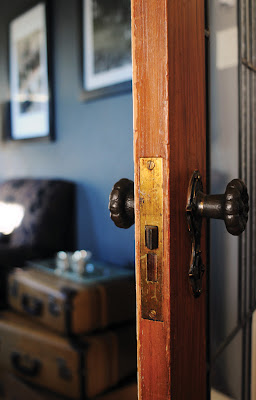The well designed home responds to the changing social demands of its occupants by providing spaces that allow a gradation in privacy from communal to private.
We as human beings are keenly aware of our personal space and our relationship with others. We feel comfortable in environments that recognize our varying needs for personal and private space and allow us to express ourselves equally as active members of the family and as individuals.
Older homes provided distinct spaces for distinct functions with communal areas such as the kitchen, living room or dining room being individual spaces that had little or no spatial interconnectivity with the other communal areas. A person working in the kitchen, for example, would need to leave the room in order to participate in a conversation in the living room, a complete disassociation from one space for the enjoyment of another. These homes are the product of a bygone era when construction methods, mechanical considerations and general lifestyle were far different than they are today.
 |
Photograph by: Mike Wakefield, NSN photo |
Modern homes typically try to dissolve this strict delineation of spaces in favour of a more open free-form layout that allows both a visual and acoustical connection between communal spaces. The open plan concept is a good answer to many of the old drawbacks but the concept can be taken too far with large open spaces ideal for parties and family functions giving no respite to a family member who needs to escape the hustle-bustle of household life. Semi-private areas that would allow a degree of isolation, without being disconnected from the family, are absent and the weary occupant is forced to retreat to a bedroom or an equally private zone.
The ideal layout lies somewhere in between. There's no doubt that the modern lifestyle is well suited to the "open plan" concept and with the introduction of so-called "semi-private" zones to this type of layout will meet our varying needs for personal space.
An alcove off the main gathering area is an excellent example of a semi-private area. It allows one to remove themselves from the focal activity zone of say the kitchen or living room without having to move into another room. A visual and auditory connection can be maintained but the alcove still provides a psychological disconnect.
A dedicated room that maintains a visual connection to the main activity hub takes the concept of the semi-private space a little further. Glazed french doors or pocket doors work well in such a space as both doors can remain open to make a strong connection to the communal area or can be closed off if the situation dictates. An office or reading room works in such a semi-private zone, maintaining a connection with the heart of the home while allowing a degree of disassociation.
As much as we require time together we also require time apart. A well designed home will reflect this ever changing need by providing its occupants the opportunity to express themselves communally, privately and every way between.
No comments:
Post a Comment